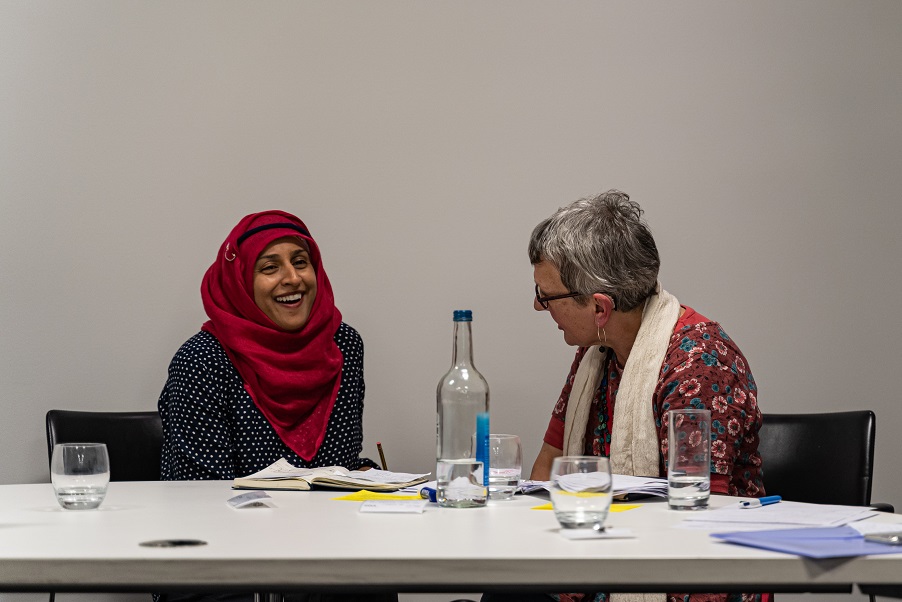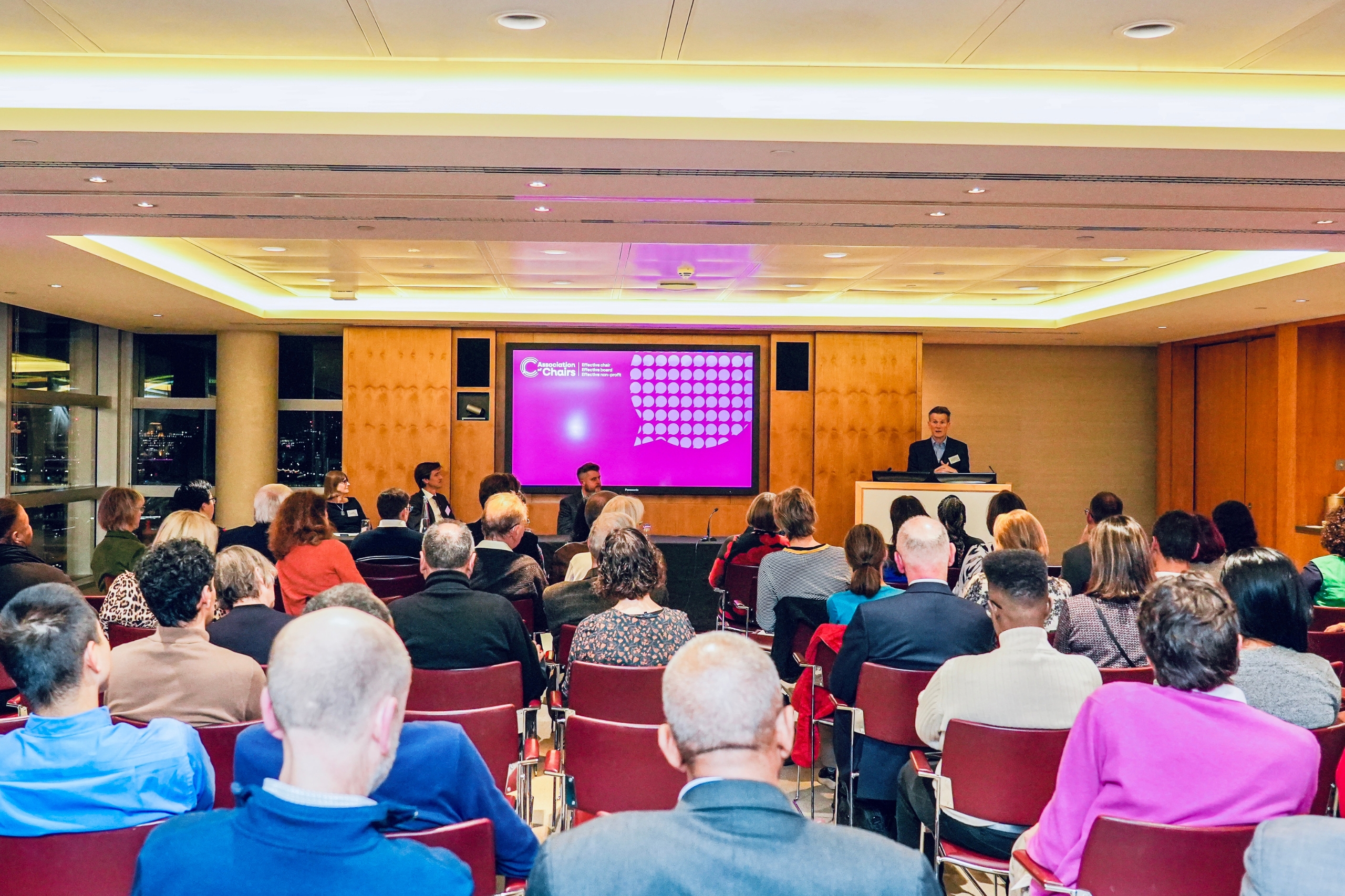Trustee-only time – a regular space for trustees to talk without staff present – can be quite a polarising topic.
Proponents argue it builds trust between board members and helps them perform better as a team.
Opponents argue that it drives out trust and fosters a sense of ‘them and us’ which undermines teamwork between staff, especially the executive and trustees.
How to understand trustee-only time
My experience is both are right. Badly done, trustee-only time can be very corrosive to trust with the CEO and staff team, especially if relationships are not already on a strong footing. But lack of trustee time can mean the board operates as disparate individuals and lacks team cohesion.
It can help to think of there being three teams:
- the staff team
- the trustee team
- the combined team of staff and trustees together
Each team needs space and time to focus on the tasks that fall to them, and to attend to team relationships and effectiveness.
With typical board meetings totalling only 18 hours a year, opportunities to understand each other’s thinking and build teamwork are precious. Different boards arrange things differently. Below are some suggestions for how to use trustee-only time and how to make it work well.
How to make trustee-only time work well
Agree on its purpose
Trustee-only time is not a secret session to whinge or critique staff. It’s part of the governance work of the trustees. Make clear it is not a formal part of the board meeting and shouldn’t be used to make decisions that should be made in the board meeting.
If there are occasional exceptions, then ensure that is clear, and the meeting is appropriately convened and minuted.
Don’t leave staff members in the dark
Share the outcomes from trustee-only time with them in a timely manner. It’s important to maintain transparency and keep everyone on the same page. Secrecy tends to breed anxiety.
Build trust
Use the opportunity to explore diverse viewpoints and create an inclusive atmosphere where everyone feels heard, regardless of their level of confidence or knowledge. Use the opportunity to explore thinking and feelings so that you can find a way to get not just agreement, but commitment.
Encourage teamwork and collaboration between the board and staff
Trustee-only time should complement staff efforts, not create an “us versus them” situation. Make sure that the board’s decisions are informed by staff expertise and perspectives.
There may be occasions when you invite the CEO to join you to have trustee and CEO-only time without other staff.
Get the timing right
Figure out whether to have trustee-only time before or after the board meeting. Both ways have their pros and cons. Having it before can help the board meeting go well, doing it after allows for evaluation and reflection.
Board agenda alignment
Make sure that key points or decisions that came up find their way into the board meeting agenda at the appropriate time.
This way, you keep things flowing and connected between the private and public parts of the board meeting. It also allows staff to understand and discuss the key factors shaping thinking and decisions.
Minutes and documentation
It’s usually better to reserve decision-making to the board meeting itself, to be transparent and to help show that board decision-making is well-founded.
If you do make decisions in trustee-only time, it’s important to document them properly and if appropriate keep them separately to preserve confidentiality.
Reflect and adapt
Evaluate how trustee-only time is working. Ask for feedback from the board and staff to see how it’s impacting trust, teamwork, and effectiveness. Use that feedback to make adjustments and keep improving.
Do you use trustee-only time? What might others learn from your experience?
About our guest author Ros Oakley
Ros Oakley was the co-founder, trustee, and then Chief Executive of the Association for Chairs. Find out more about Ros on LinkedIn here.



